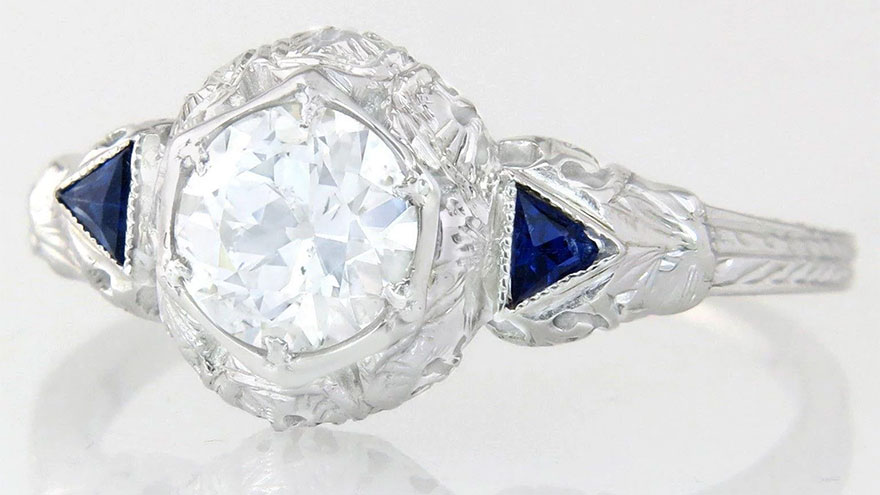What Are EGL Certified Diamonds?
Ever since Marcel Tolkowsky mathematically produced guidelines for cut brilliance in 1919, gemologists around the world delved deeper to determine other factors of a diamond’s beauty and value. Today, many consumers seek more than a jeweler’s appraisal and a pretty box–they demand professional, technical certification as well.

History
EGL stands for European Gemological Laboratory, established by American gemologist Guy Margel in Antwerp, Belgium, in 1973. Since that year, the EGL has opened labs in South Africa, the United States, France, the United Kingdom, Israel, South Korea, Turkey and India. New York welcomed the European Gemological Laboratory in 1977, but split from the European family of labs in 1986. EGL Group USA now runs independently, and spawned new labs in Toronto, Vancouver and Los Angeles.
Function
Both entities in North America and worldwide provide certificates reflecting the four Cs (carat weight, color, clarity and cut) for physical beauty and value as well as for future identification. The certificates do not provide monetary appraisals.
Considerations
Genuine certificates from the EGL, the EGL Group USA and other gemological labs come from trained professionals. The North American group employs certifiers with backgrounds in gemology, mineralogy, the mining industry, chemistry or other related fields. Appraisers provide estimates of a diamond’s financial value, but their expertise depends on individual experience rather than a formal education.
Benefits
Certificates from a gemological laboratory may run hundreds of dollars. They generate a physical mapping of a diamond and list measurements regarding the cut, flaws and color scale placement. Additionally, the labs often laser-inscribe an identification number for future reference–useful in cases of loss, theft or future sales of the gem.
Identification
Both EGL entities precede the identification number with an alphabetical code: “US” if the certification came from an American lab, “CA” for Canada, “SA” for South Africa, “T” for Turkey, “A” for Belgium, “D” or “J” for India, and a 10-digit number if certified in Israel. Despite the independence of the organizations, the North American and the worldwide group each use the same EGL seal trademarks.
Theories / Speculation
Many gem labs exist throughout the world, and diamond experts differ regarding the worth of the certificates provided. Canadian online retailer Carats weighs the differences between the major labs on its website (see Resources). Tiffany & Co. provides its own certifications for its stock.
If one of the four Cs rates a borderline evaluation, some labs assign the higher grade while others assign a lower value. On the other hand, labs prone to bumping up a grade sometimes provide a more detailed report in other areas. This imperfect grading system makes evaluating a lab difficult.

